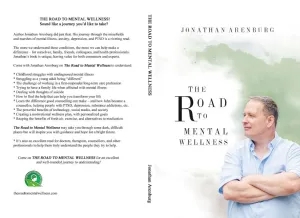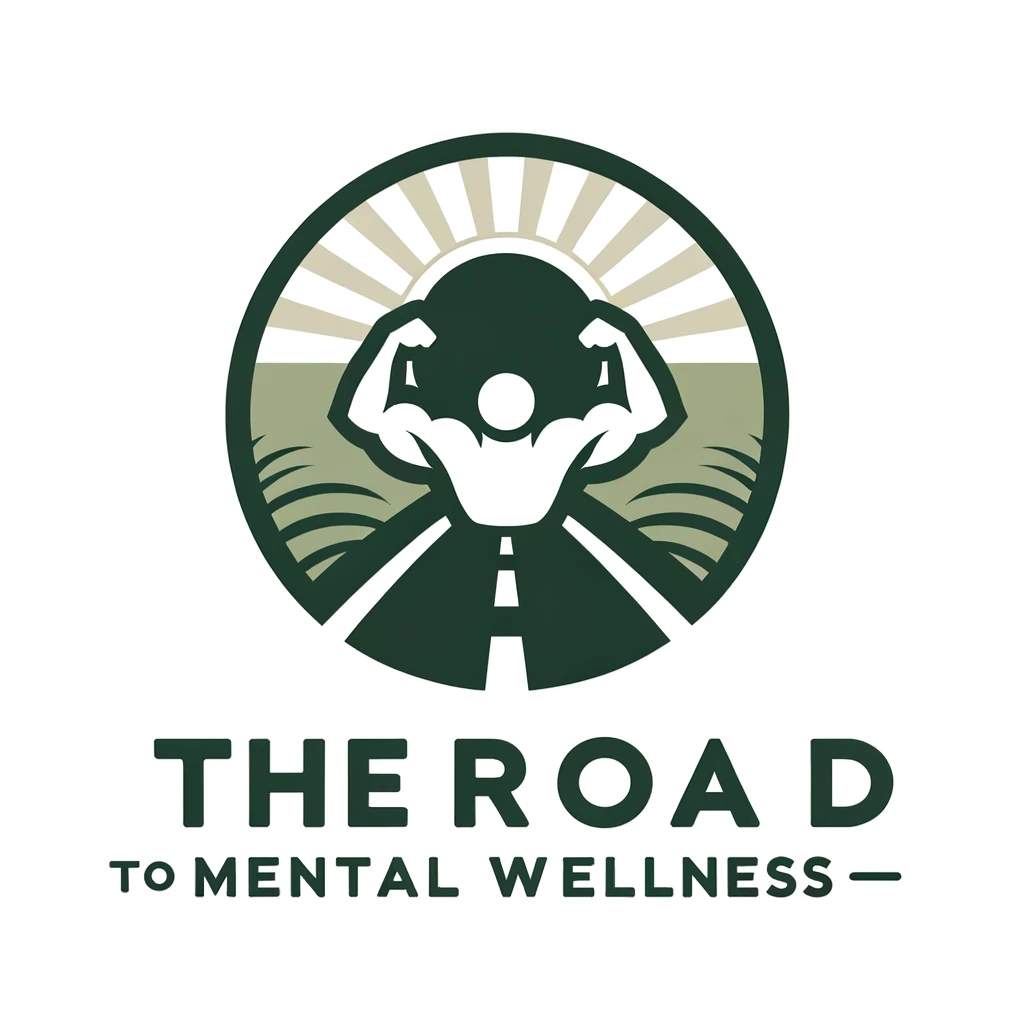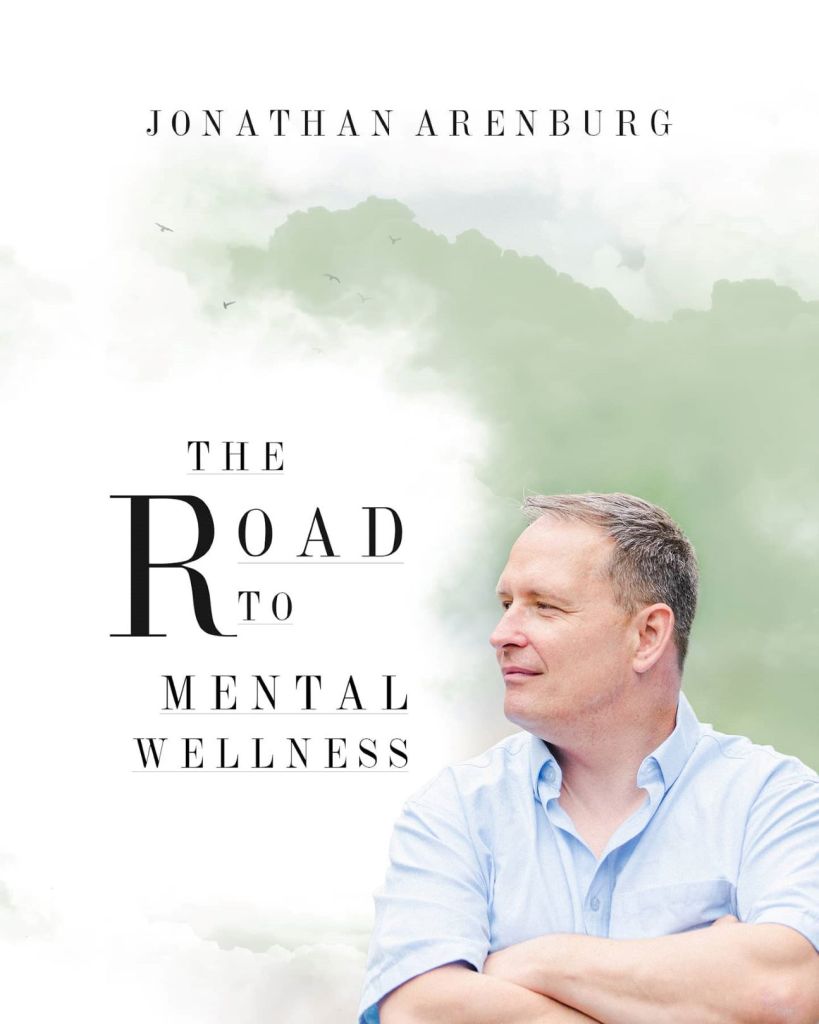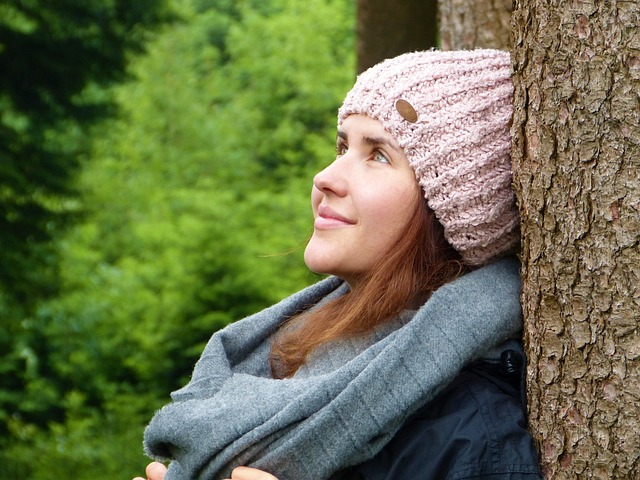Are the real roots of anxiety modern in their nature or do they have their origins in our prehistory? It’s deeper than you think.
Follow us
You look at your phone, a phone you’ve had for only two years. Disappointingly you have noticed it’s slower, crashes often, and the battery is weaker. “Man, what’s wrong with this phone, it’s not that old?” Well, used to be that things had a certain longevity to them, but no longer. With tech moving at a lightning pace, it is, in the modern context, old.
and this has to do with mental health? Well, on the surface, not a lot. Yet, it has more to do with our mental wellbeing than you might think.
We know for example, that there are many reasons people develop anxiety and depression. Work, bills, the enviable conflict with others – but there’s more.
An anxiety disorder could save your life.
While it’s true, we’ve had enough to make us sick in our history, the very fact that the world is at warp nine today is “just another thing to add to the list.” For instance, many of us have a sense of why we are stressed, but we have little idea as to how modern life drives it.
In my view, the modern world, for all intents and purposes, is our imaginations come to life. In other words, we can dream it up and turn our dreams into a version of reality. I know, mind blowing, isn’t it? With that said, we, the vast majority anyway, don’t spend time thinking about it. As a thinker, I envy those who don’t.
Nevertheless, who we are as a species and how we live our lives, it’s in direct conflict with one another. While we like to think we’ve moved past our ancestral self, nothing can be further from the truth. At least when it comes to the brain and how it’s structured.
Take anxiety for example. The root of anxiety can be found in the limbic system. The limbic system is a complex network of structures located in the brain that is involved in various functions such as emotion, motivation, memory, and behavior. It is made up of several interconnected regions, including the amygdala, hippocampus, thalamus, hypothalamus, and cingulate gyrus.
Facts about the brain
What’s more, is the amygdala plays a key role in processing and regulating emotions. Emotions such as fear, anger, and pleasure. The hippocampus is responsible for forming and storing memories. The thalamus acts as a relay station for sensory information, while the hypothalamus regulates basic physiological processes such as hunger, thirst, and body temperature. The cingulate gyrus, on the other hand, is involved in decision-making and attention. The limbic system works in conjunction with other parts of the brain to regulate behavior and maintain homeostasis. Dysfunction of the limbic system can lead to various disorders, including anxiety, depression, and addiction.
Wow, there’s a lot packed in that last paragraph. While it may be hard to understand all the technical jargon, what you just read about, is the regions of the brain that creates the real roots of anxiety. What’s so interesting about these interconnected brain structures, is they are very old and have not changed much. Essentially, our brains are the same now as they were thousands of years ago.
Like reading the real roots of anxiety? go here for more
So then, how does an old model cope with a world it’s not supposed to be in? Truth is that our brains aren’t particularly good at coping with what we’ve created.
5 ways to maximize your mental health.
“Well, I don’t have an anxiety disorder.” If you were one of the lucky ones not to have an anxiety disorder, I’m happy for you. While it’s true that not everyone is diagnosed with a disorder, we are all feeling the stress of life.
What we know about the fear response is that it’s meant to be a temporary defence mechanism for survival. However, in modern times our fight, flight, freeze or fawn as it’s called, Is active way too often. For those with anxiety disorders it’s as though someone took the switch and broke it off. This malfunctioning switch, leaves those with true anxiety, anxious – all the time.
Did you know:
The “fight, flight, freeze, fawn” response is a natural and instinctive way for organisms to respond to threats, and it can help to ensure survival in dangerous situations.
As it turns out, being in a near constant state of anxiousness has real consequences to your health.
Here are some of the consequences of always being in a state of flight or fight:
- Physical health problems: Constant anxiety can lead to various physical health problems, such as headaches, muscle tension, digestive issues, fatigue, and a weakened immune system.
- Mental health disorders: Chronic anxiety can increase the risk of developing mental health disorders such as depression, panic disorder, and generalized anxiety disorder.
- Impaired social functioning: Anxiety can make it difficult to interact with others, causing social withdrawal, isolation, and difficulty making friends or maintaining relationships.
- Negative impact on work or school performance: Anxiety can impair concentration, productivity, and performance, leading to absenteeism, underachievement, and difficulty meeting deadlines.
- Substance abuse: People with chronic anxiety may turn to drugs or alcohol to cope, leading to addiction and further negative consequences.
- Sleep disturbances: Anxiety can cause sleep disturbances, including difficulty falling or staying asleep, nightmares, and sleepwalking.
- Increased risk of physical injuries: Anxiety can cause an exaggerated startle response, leading to an increased risk of accidents or injuries.
Overall, always having anxiety can significantly impact a person’s quality of life and well-being. It is important to seek professional help if you are experiencing chronic anxiety to manage symptoms and prevent further negative consequences.
Now, all of this begs questions. Questions such as, what happens to our bodies and lifespan if one has the misfortune of having an anxiety disorder? What if it lasts for years? Furthermore, what if the brain never gets a break?
Anxiety disorders may contribute to a shorter lifespan.
While anxiety disorders themselves are not known to directly cause a shorter lifespan, chronic stress and anxiety can have negative impacts on physical health. Understandably, this could potentially lead to a shorter lifespan.
What’s more, prolonged anxiety can lead to chronic inflammation, high blood pressure, heart disease, and other medical conditions that have been linked to a higher risk of mortality. In addition, anxiety disorders can also lead to behaviors that can negatively impact health, such as substance abuse or unhealthy eating habits. Conversely, the risk of suicide is increased when one has a mental health disorder. (Read More)
Health risks associated with chronic inflammation
Despite this evidence however, it’s important to note that not everyone with an anxiety disorder will experience these negative health outcomes. Thankfully, there are things we can do to increase the odds of a longer, happier life.
The following are ways you can help yourself maximize your mental health and better understand the real roots of anxiety
1. Practice relaxation techniques: Meditation, deep breathing, and progressive muscle relaxation are all techniques that can help to reduce anxiety.
2. Exercise regularly: Physical activity can help to reduce stress and promote feelings of well-being.
3. Get enough sleep: Lack of sleep can worsen anxiety symptoms, so it’s important to aim for seven to nine hours of sleep per night.
4. Avoid caffeine and alcohol: Both caffeine and alcohol can increase anxiety symptoms, so it’s best to avoid or limit them.
5. Talk to a therapist: Cognitive-behavioral therapy and other forms of therapy can help to identify and change negative thought patterns and behaviors that contribute to anxiety.
6. Consider medication: In some cases, medication may be helpful in managing anxiety symptoms. It’s important to talk to a doctor or psychiatrist about the benefits and risks of medication.
7. Prioritize self-care: Engage in activities that you enjoy, spend time with supportive friends and family, and take time to rest and recharge.
Who discovered anxiety?

So, what does this all mean? Well, simply put, humans have built a zoo around themselves and in doing so, have denied themselves access to their natural habitat. Not only are we living in a zoo, but we are also forced to stay in permanent overdrive to cope. Ironically however, we are unable to cope and thus, get locked in a perpetual state of fear.
To put it another way, our natural habitat is living in Mother Nature. This is why you may hear a friend say something like “I just want to move to the woods where there are no people, no stress.” While there are dangers in living in nature, the fight, flight, freeze, and fawn response is limited to the presence of actual danger. Ie. a bear comes out of the trees at full tilt at you. Whereas much of the time the wild feels more like home. The other exception to the rise in stress is of course, when hunting for food.
Benefits of being in Mother Nature
Too much noise, too many people around, too much social pressure and expectation. All of these things are like coal being tossed into the fire box. our brains are being forced to pump it out at an ever-increasing rate to try and alleviate the distressing fear.
Types of anxiety disorders. getting at the real roots of anxiety
1. Generalized Anxiety Disorder (GAD): characterized by excessive and persistent worry about everyday activities or events.
2. Panic Disorder: characterized by unexpected and recurring panic attacks, which are sudden and intense episodes of fear or anxiety.
3. Social Anxiety Disorder (SAD): characterized by intense fear or anxiety about social situations, including fear of being judged or humiliated in front of others.
4. Specific Phobias: characterized by intense fear or anxiety about a specific object or situation, such as heights, animals, or flying.
5. Post-Traumatic Stress Disorder (PTSD): characterized by symptoms that develop after a person experiences or witnesses a traumatic event, such as a natural disaster, war, or violent crime.
6. Separation Anxiety Disorder: characterized by excessive and persistent fear or anxiety about separation from a person or place that provides comfort or security.
7. Obsessive-Compulsive Disorder (OCD): characterized by intrusive and persistent thoughts or obsessions that cause anxiety, and repetitive behaviors or compulsions that are performed to reduce anxiety.
And like your cell phone, the brain’s hardware must work harder and works sub optimally in order to keep up with its very own creation – modern society. Pause, breath, and get back to your ancestral roots, nature. Especially now that you know the real roots of anxiety
Go to Our Mental Health Resources Centre to learn more.
Follow us
the real roots of anxiety – copyright, 2023









Please leave a comment and tell us what you liked about what you read.